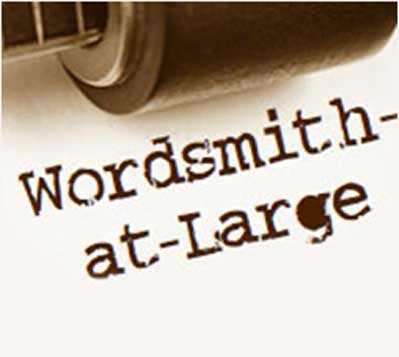As America gets ready to welcome the start of a new football season (that’s the football you can touch with your hands, not the football on which you just use your feet), fans might find some interesting additions to uniforms. (It’ll happen to basketball and baseball and all school-supported sports later.) You know all those patches NASCAR drivers wear on their race day suits? The ones that tout the names of what usually seems like dozens of sponsors? Well, the same thing could conceivably happen to the jersey of your favorite college gridiron player.
If I’m reading the tea leaves correctly, a school name or nickname emblazoned across an athlete’s chest may soon have to fight for space with a logo of a certain shoe or drink or sandwich or ice cream or hot dog. Why? Well, it seems recent decisions by the Supreme Court and the head honchos of the NCAA have paved the way for college players to be paid for their services.
In landmark opinions that will certainly keep lawyers in ’Benzes and boats for years and years to come, the Supremes basically came right out and said it’s okay for anybody to pay college kids anything they want. The Justices pretty much laid to rest the issue of limiting compensation to just academically-linked benefits. Sports fan Justice Brett Kavanaugh reportedly wrote that basically the NCAA business model “would be flatly illegal in almost any other industry in America.”
And on the heels of that, as one source said, the NCAA “approved the interim name, image, and likeness policy, which means athletes will have the opportunity to earn money from endorsements, sponsorships, social media, and more.”
While that apparently doesn’t mean the governing body of college sports thinks it’s okay to pay student-athletes a straight-up salary, it certainly appears it’s okay for dollars to flow into kids’ pockets in pretty much any other way.
Booster clubs have to be salivating. Up to this point, as an entity, they were (wink, wink) prohibited from helping out any athlete financially with anything. Some individuals, of course, tried to find a few ways around the limitations, but what’s a new car, cool clothes, headphones, or even a house for mom and dad when you’re trying to win a national championship, right?
Certainly this means fans can soon buy jerseys with active college players’ names on them, doesn’t it? And, just like the pros, the kid gets a cut of the action. That would mean an individual agreement between the manufacturer and the athlete. But what if a company, say “Bob’s Auto Sales” wanted to have its corporate logo on the game jersey sleeves? Does Bob negotiate with the team so that every player benefits, or do only the acknowledged stars get the patch?
Can those with endorsement deals share the wealth with the bench-sitters so that everyone gets in on the action? And are there restrictions on which companies can pay for exposure? I mean, surely beer and spirits firms would be limited to players over 21, right?
If sponsorships explode, are we destined to hear a play-by-play announcer call a down like this: “The Coca-Cola quarterback takes the snap from Subway center, fakes a hand off to the AutoZone running back, raises his Monster Drink right arm, throws an ICEE rope of a pass to the Stanley Ladder wide receiver who is tackled by the Massey Ferguson Tractor linebacker?”
On a related monetary note, there’s a new College Football Playoff in the works that would expand the current 4-team format to include 12 teams. Reports are that this could be worth about $2 billion for colleges to do with as they please. And the NCAA just might need that leverage.
Because if monetizing the college experience is fair game, what about outstanding basketball players who have finished high school but aren’t interested in having to actually show up to college classes for a one-and-done year before heading to the pros? Perhaps you’re familiar with the Professional Collegiate League that’s offering prospects six-figure incentives to hone their skills for a year or two. The NCAA may take a dim view of their stars going somewhere other than their own ivy-covered buildings.
But institutions of higher learning still may have an ace in the hole. Lost in all these options is the fact that only a tiny percentage of would-be professionals actually ever make it to the “Big Show.” Which makes the thought of a free college education as a fallback position pretty enticing . . . at least to parents of all the budding superstars.
©MMXXI. William J. Lewis, III – Freelance Writer


Leave A Comment